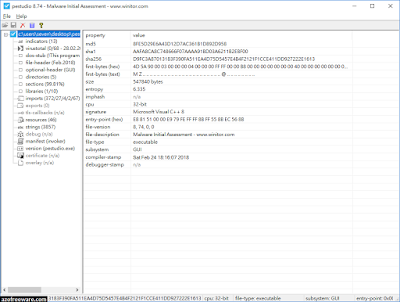

On the other hand, manual analysis tools are geared towards cybersecurity professionals and often have a steep learning curve. The tradeoff is usually those tools offer fewerSo while manual tools for researchers. Some web-based scanning tools use an easy-to-use drag-and-drop feature to make it as simple as possible to analyze malware. Malware analysis can get complicated quickly, so staying organized is critical even for security professionals. Ease Of UseĮase of use doesn’t just mean it has to be friendly to a non-technical audience. While not being open source isn’t a deal-breaker, it’s a “plus one” when comparing multiple tools. Open-source projects also have a more comprehensive array of integrations, which can be vital if you incorporate a tool as a critical component of your malware analysis strategy.

Tools that follow an open-source framework usually have more dedicated communities, fostering more collaboration, information sharing, and a longer lifespan of the tools. This flexibility empowers creative researchers to make their features and ensures that tools aren’t indeed malware themselves. Open source tools allow anyone to view the source code, make changes, and build integrations or add-ons. However, here are a few key features to keep an eye out for.

Some tools require a higher level of skill, while others can provide a high-level analysis automatically. Not all malware analysis tools are created equal. What to look for in malware analysis tools


 0 kommentar(er)
0 kommentar(er)
